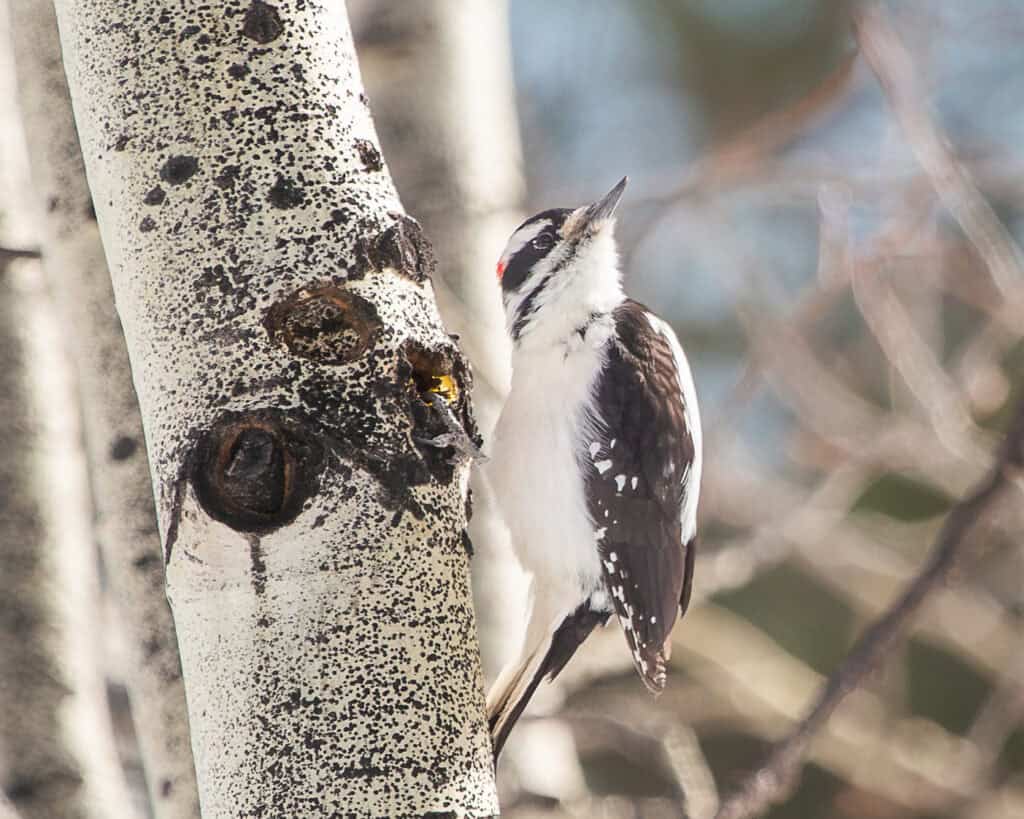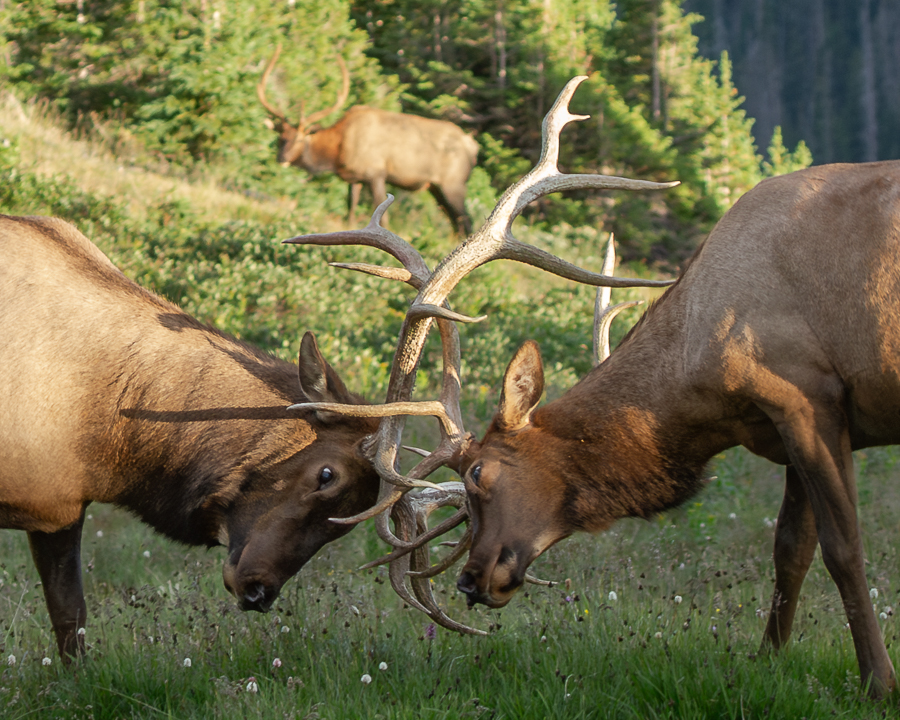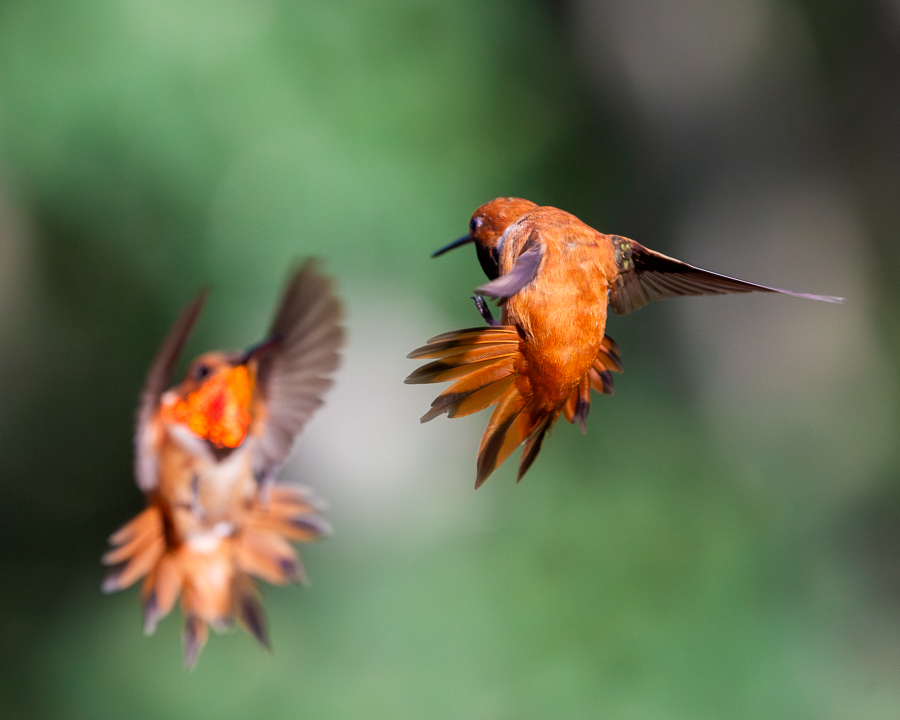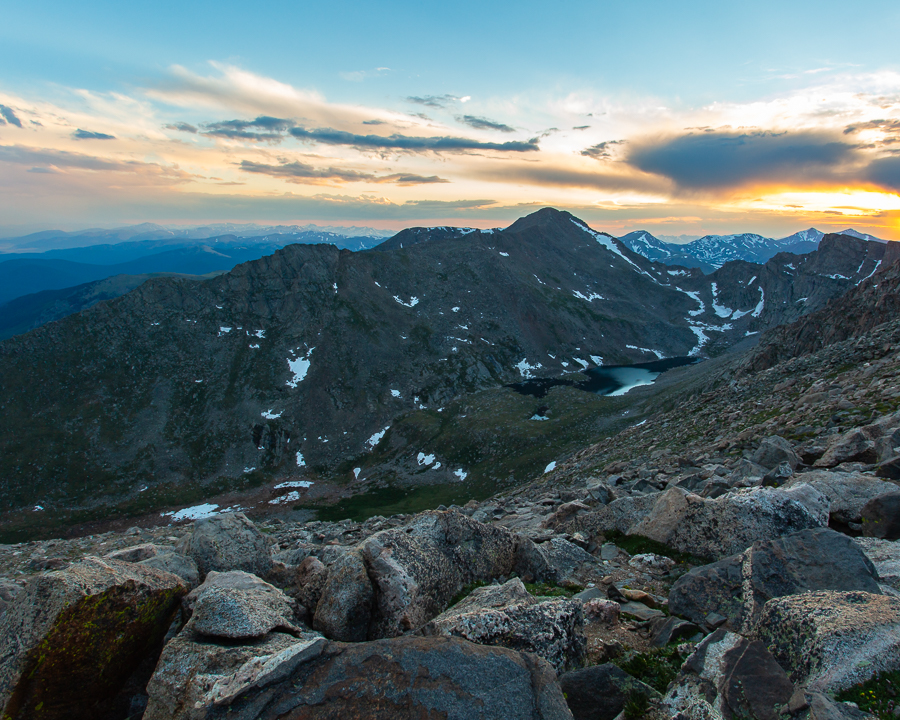The elk and deer are doing it. The moose are doing it. I’ve seen bighorn sheep doing it. Horses do it. Heck, even your cat does it! All kinds of animals including reptiles and snakes do it, but what exactly is it?
I’m talking about that supposed leering “smile” that is commonly made by the animals listed above (and many more), and seen frequently as we move towards autumn. The upper lip is curled, and the nostrils are often closed, baring teeth in a grim rictus that eerily falls somewhere between a goofy grin and an evil snarl. This look is a display known as the Flehmen Response or Flehmen Reaction.
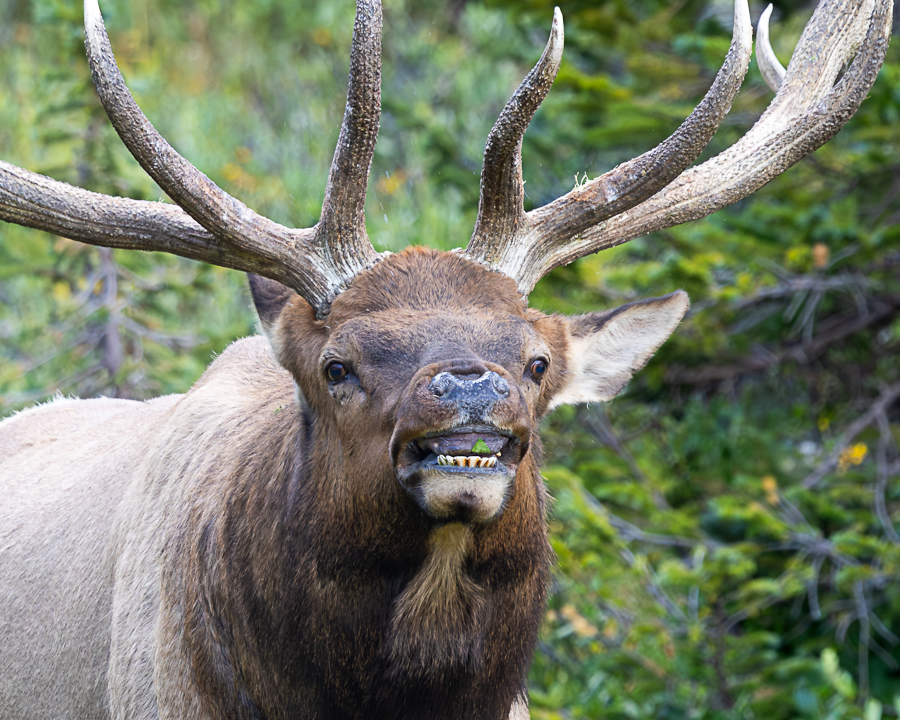
If you happen to be observing an animal that is making this face at you or near you, just know that while it might be because of you, it’s not necessarily for you (at least in the sense of being entertained). If you are close enough to this animal, you may also hear a deep intake of breath that can resemble a deep sniff or even a hiss. This may come across as odd (as well as intimidating), especially if you’re noticing the closed nostrils while it is happening and thinking “how is it sniffing?!”
All animals that display the Flehmen Response have a unique organ known as a Vomeronasal or Jacobson’s Organ. This organ is located on the palate, between the nasal passages and the roof of the mouth. It tends to be found towards the back of the mouth, behind the incisors or at least where incisors might be (an interesting side note seen in this image, elk do not have top teeth!).
When you see this nose-closed grimace and hear that deep sniff, the animal is taking a deep breath, forcing the air intake to flow to the vomeronasal organ. The organ is part of the olfactory system, but as opposed to interpreting normal smells, it is specialized to detect and interpret pheromones. The article title is somewhat misleading, as it is not in fact a smell as odors are purely defined by we humans.
Pheromones are chemicals that are secreted by an organism for the purpose of triggering a social response in a like organism. From alert warnings to food trails, to the more popular sex signals, they are a form of communication mostly lost to humans, at least on a conscious level. In the case of the elk and my earlier references to seeing the flehmen response in autumn, these boys are just looking for ready, and hopefully willing, love.
The vomeronasal organ can be used with the Flehmen Response intake of air, as well as by tongue, a sort of hybrid smell and taste organ. A bull might lick a cow’s urine, thus passing it over the vomeronasal organ, to gain the same answer. During the rut, the answer he seeks is whether the cow is in estrus and possibly ready to mate (understand that regardless of what the bull might detect in terms of a cow’s readiness to mate, it is aways the cow who determines who she will mate with).
The bull captured in the article image was part of a small bachelor herd of mostly big guys I had the amazing pleasure of spending an afternoon/evening with a few weeks ago. While the rut was in no way in full swing, there were certainly a few behavioral signs of the season taking place. The look seemed to be “aimed” at me as he tested the air, but I had already spent a good bit of time with them prior to the photo being captured, so he likely had a good idea of whatever I might have been giving off (copious amounts of awe and reverence…). More likely he was assessing the air about another bull nearby who hadn’t initially been with the group. It is also possible he caught a brief wind of a group of cows further upwind.
My instincts tell me he was more concerned with the “new” bull the group had joined in the high alpine valley. As the small group was still entering the meadow, the loner was eagerly thrashing his antlers in the willows. This behavior brings up another pheromone-related organ, the lachrymal or pre-orbital gland. These are the holes or slits found in front and below the elk’s eyes (and again, found with many other animals). This gland secretes pheromones and other chemicals used in communication. During the rut it is common to see bulls performing this thrashing about, as well as rubbing their faces and antlers on rocks and trees, a way of marking territory and making their presence known to the cows.
Upon entering the meadow, the first move this guy made was to go to the exact same spot and thrash his own antlers and distribute his own scent and pheromones to cover the other, slightly smaller bull’s sign. As he made his way further into the meadow, I preferred to take his passing “sniff” as a smile as he strutted past me, smugly snickering at the audacity of the “youth” he very obviously dominated. It is also not a stretch in any way to understand that he was also letting the human know who was boss in his stretch of wilderness. It’s sufficient to say, I didn’t need an vomeronasal organ to catch his drift.
Sources:
https://www.sciencedirect.com/topics/agricultural-and-biological-sciences/flehmen
https://www.elkrutseason.com/Elk-Bull-Flehmen-Response-During-the-Rut.html
Originally published in The Mountain-Ear

